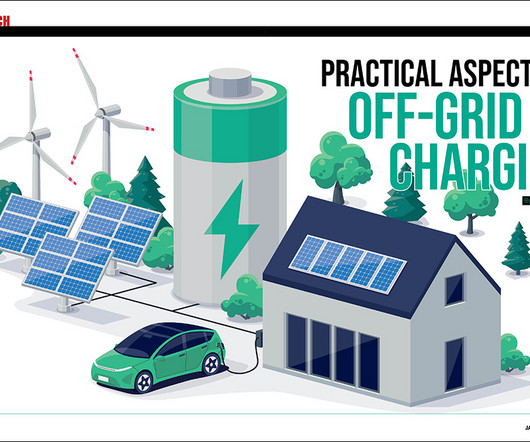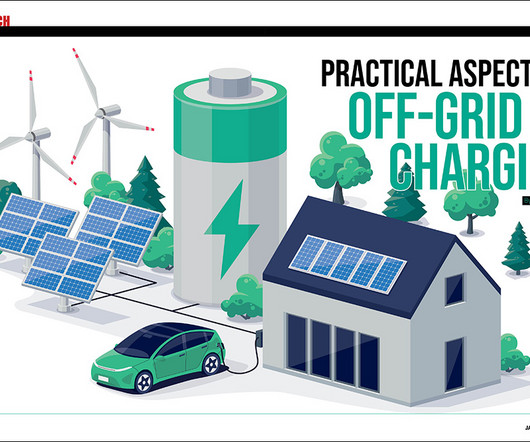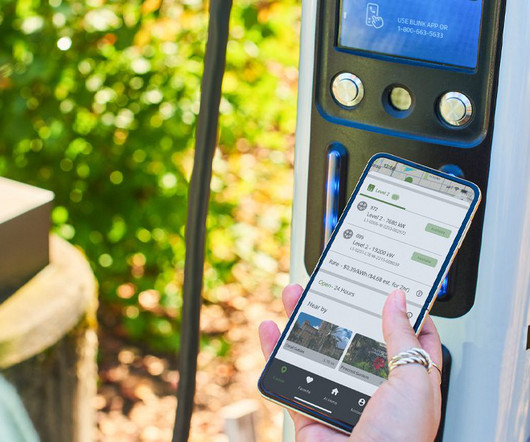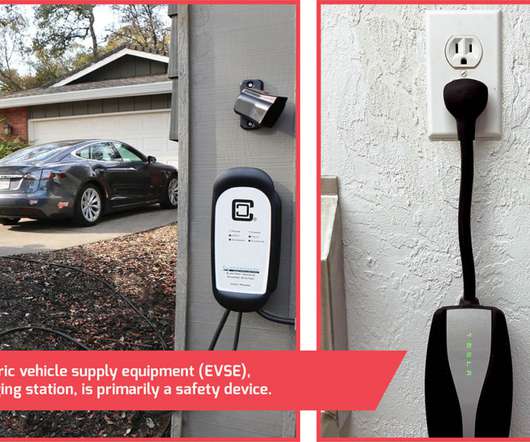Mazda6 diesel sedan offers up to 60 mpg US
Green Car Congress
SEPTEMBER 27, 2012
i-ELOOP (short for “intelligent Energy Loop”) uses a supercapacitor to store electricity recovered during deceleration to power the vehicle’s electrical systems, thereby improving fuel economy. Most are available with i-ELOOP as well as i-stop. Mazda’s engineers determined that a typical vehicle deceleration phase lasts only about 10 seconds.















Let's personalize your content